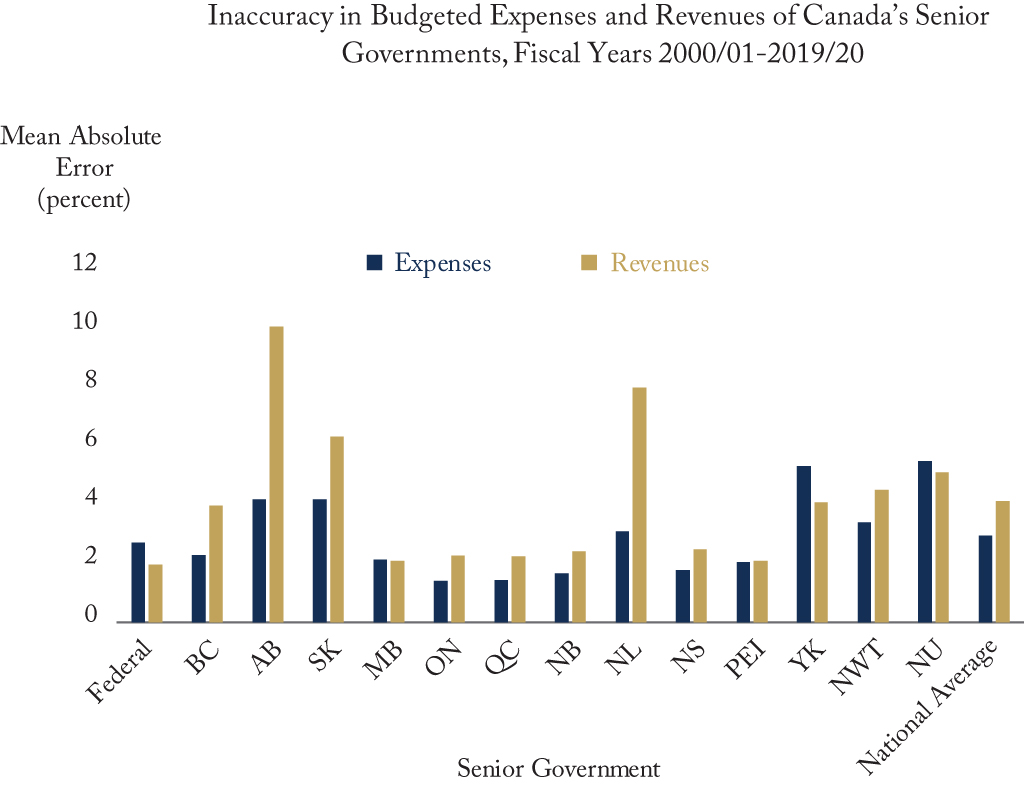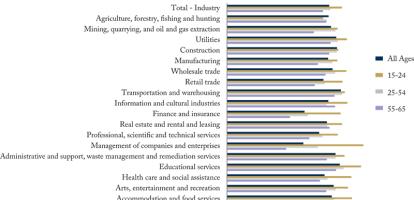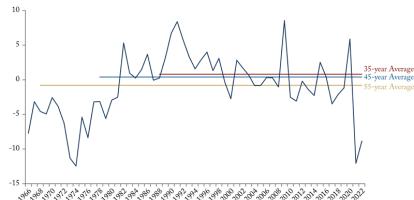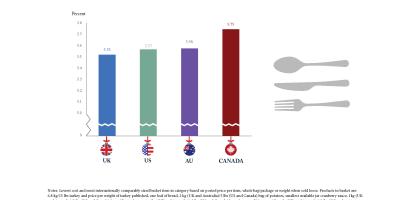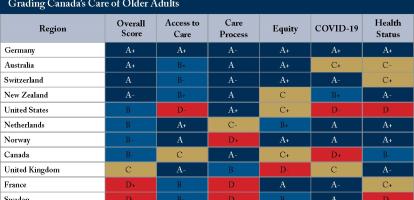Canada’s federal, provincial and territorial governments routinely miss their budget projections. Although their projections for both expenses and revenues tend to be lower than what actually happens, the absolute size of misses in either direction also matters for accountability. Voters and legislators can have more confidence in budget projections if measures such as the absolute deviations shown in the figure are small than if they are large.
Comparisons of budgeted to actual expenses over the last 20 years show that Quebec, Ontario, New Brunswick and Nova Scotia had the most reliable budgets: their absolute deviations were relatively small – between 1.4 and 1.8 percent. The federal government’s accuracy score of 2.7 percent puts it in the middle of the pack. Alberta’s and Saskatchewan’s expense targets were the least reliable among the provinces, while those of Nunavut and Yukon were the worst of all.
With respect to revenues, the federal government’s average absolute misses of 2.0 percent give it the best – that is, the lowest – score among the 14 governments. Manitoba, Ontario, Quebec, New Brunswick, Nova Scotia and Prince Edward Island also had relatively good accuracy scores – 2.5 percent or less. It is understandable that jurisdictions more dependent on natural-resources would have more trouble predicting their revenues. But the figure reveals that those governments also had less accurate expense projections, suggesting that misses on revenue induce governments to engineer in-year expense surprises.
Over the past 20 years, the reliability of budget projections from Canada’s senior governments tended to improve. COVID-19 has dramatically changed the fiscal landscape, however, Canadians should demand more reliable budget targets and better adherence to those targets in the future.
To learn more, read “Trouble on the Bottom Line: Canada’s Governments Must Produce More Reliable Budgets” by William B.P. Robson and Miles Wu.

